The Brands and Retailers Successfully Engaging Gen-Z on Social Media
Generation Z, or Gen-Z — those born roughly between 1995 and 2009 — today account for more than two billion people, or about 30 percent, of the global population, according to the World Economic Forum. Next year, Gen-Z is estimated to make up 27 percent of the global workforce and have a spending power of $450 billion, according to the BBC in 2023.
“Reinventing Influence: The Gen Z Impact on Fashion Marketing” is the latest report by software, data and insights company Launchmetrics, offering expert analysis and insights on its global data on brand and influencers’ media impact value (MIV): a proprietary algorithm created and trademarked by Launchmetrics to measure and benchmark the impact of all media placements and mentions across different voices and channels in the fashion, lifestyle and beauty industries.
Ranking fashion and lifestyle brands and retailers across the luxury, premium and mass-market segments, assessing their market position according to MIV and those generating the greatest growth, the Launchmetrics report assesses the most impactful brands and case studies on leading examples in each category.
Below, BoF shares extracts from the report, spotlighting which fashion and retail brands are currently performing well in terms of MIV.
 Opens in new window
Opens in new windowLuxury Brands Insight: Building a Brand on Viral-Worthy Content Moments
BoF: After more than a decade of rapid growth in the luxury segment, brands are experiencing a challenge in maintaining momentum today. However, growth at Prada’s Miu Miu label is far outpacing the wider luxury market, with retail sales up 58 percent in 2023. A key part of the strategy is about generating media mentions to telegraph the brand to a bigger potential audience — its micro-mini skirt for Spring/Summer 2022, for example, caused a media sensation. Critically, you didn’t need to buy the skirt to participate in the conversation — young audiences would slash skirts at home and still feel part of the moment.
Launchmetrics Report: Overall, there has been tremendous growth in the luxury industry since the pandemic. The top 20 brands alone represent an average of 69 percent growth in MIV in just 3 years, with Dior, Chanel and Louis Vuitton taking the top 3 places. Loewe, Celine, Miu Miu and Valentino all saw significant hikes in their MIV.
Miu Miu has always been known as the younger sister of Prada, but staying young and relevant is just as hefty a task as it is for any other brand. The Italian luxury brand knows it’s not just down to mastering the product – collaborating with the right Voices is key. For the debut of the SS24 collection, Sydney Sweeney, Emma Chamberlain, Zaya Wade and Alix Earle all attended the show and boosted buzz for the brand across socials.
Within this segment, the celebrity voice saw significant growth over the past few years, more than quadrupling its value, from $1.7B to $7.6B (+347 percent hike, the most across all voices across all segments). The voice with the second highest growth was influencers (+177 percent).
Discover more insights in the report, including Schiaparelli’s immense growth in MIV since the pandemic and the strategy behind it, from Kylie Jenner’s lion dress look and Doja Cat’s head-to-toe red crystal-studded look on the front row at the SS23 Haute Couture show.
Premium Brands Insight: Tapping into Topics that Matter to Gen-Z
BoF: Premium brands have benefitted from well-timed celebrity campaigns, from Skims’ casting of “The White Lotus” actors Simona Tabasco and Beatrice Grannò for its Valentine’s Day 2023 campaign and Calvin Klein’s Spring 2024 campaign with “The Bear” actor Jeremy Allen White, resulting in a 30 percent year-over-year increase in underwear sales. Consumers are increasingly gravitating towards relatable and authentic influencers than other attributes such as an aspirational lifestyle or celebrity status, according to the BoF-McKinsey consumer survey for The State of Fashion 2024.
Launchmetrics: Kim Kardashian’s brand, Skims, went from not even appearing in top 20 in the year of the pandemic, to topping the charts with an MIV of $638M in 2023 (+407% since 2020).
Founded in 2019, Skims is now reportedly worth $4B and is the ultimate example of influencer marketing success. Not only did Kim Kardashian propel the brand’s Media Impact Value through her own fame, but also through collaborations with a wide array of celebrities (such as Cardi B, Sza or Brazilian soccer player Neymar da Silva Santos Junior).
By addressing an untapped niche of shapewear and loungewear for people of all colors and sizes, Skims has cultivated a distinct lifestyle and community that resonates with the value of inclusivity and the needs of the newest generation of shoppers.
American brands hold dominance in the top 10 premium brands (Skims, Calvin Klein, Coach, Levi’s, Michael Kors and Tommy Hilfiger). The average growth in MIV among the top 20 brands over the years is +114 percent (compared to 69 percent for luxury).
For premium brands, the influencer voice has seen an incredible hike of 214 percent from $2.1B in MIV to $6.6B. However, the celebrity voice is the one that has seen the biggest growth, at 262 percent.
Discover more insights in the report, including Levi’s strategy to connect with the younger, eco-minded generation, tapping influencer Emma Chamberlain.
Sportswear and Mass Market Brands Insight: Focus on Comfort and Cultural Moments
BoF: Sportswear continues to be a stand-out category in 2024 and Nike continues to dominate the segment by a wide margin, continuing to tap high-profile athletes to create bold ad campaigns, aligning the brand with cultural moments and social causes in doing so. This approach typically resonates with Gen-Z, who like to align themselves with brands that share their values around issues like sustainability. However, their consumer and social media behaviour does not always follow suit.
Launchmetrics: The mass market fashion and sportswear segment saw the lowest growth compared to premium and luxury, at an average of +62 percent growth in MIV across the top 20 brands, but only slightly behind luxury (+69 percent). Nike, Adidas and Zara continue to hold the top 3 positions, proving mastery in staying relevant among younger consumers.
Shein’s growth is the most noteworthy amongst the top 20 mass market brands, perhaps unsurprisingly as this Chinese behemoth has been highlighted as one of Gen Z’s favorite brands across several studies, including Piper & Sandler’s Gen Z analysis of favorite brands.
In 2023 alone, Shein’s MIV jumped by 41% year on year with 305K placements. Although the brand has focused mainly on amplifying their impact through Owned Media and Influencers (representing 35% and 41% of their Voice split in 2023 respectively), the brand also leverages celebrities to garner buzz.
Shein’s top placement in 2023 was thanks to their partnership with Brazilian Gen Z celebrity, Virginia Fonseca Serrão Costa, generating $853K with just one Instagram post.
The influencer voice has seen the most growth since 2020 in this segment, at +90 percent, with the MIV value nearly doubling from $3.7B to $7B. The celebrity voice has almost doubled in value with a +74 percent growth, but holds a lower share of value than for premium and luxury brands.
Discover more insights in the report, including a case study on Crocs, tapping into Gen-Z’s desire for unique and constantly-changing fashion trends and the footwear company’s varying collaborations with brands like MSCHF, Balenciaga and Barbie.
This is a sponsored feature paid for by Launchmetrics as part of a BoF partnership.
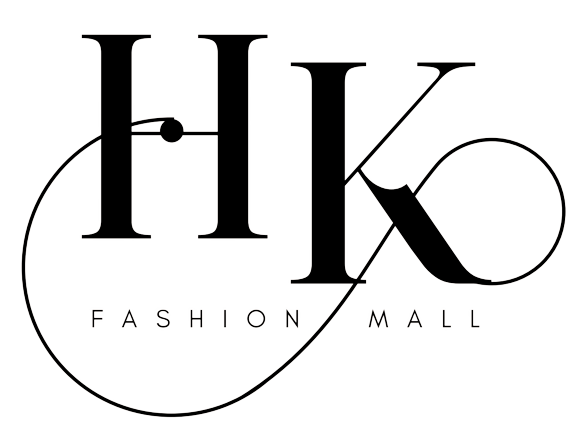
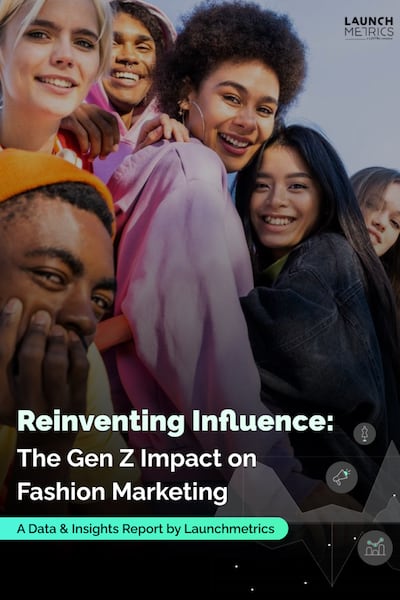
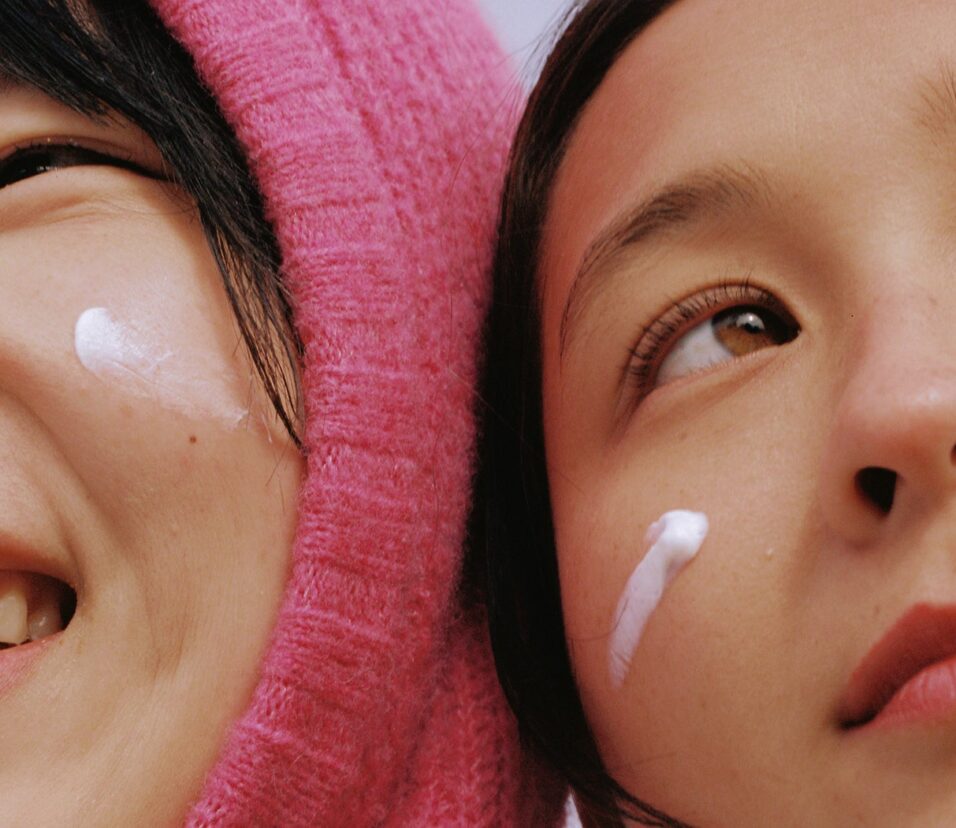
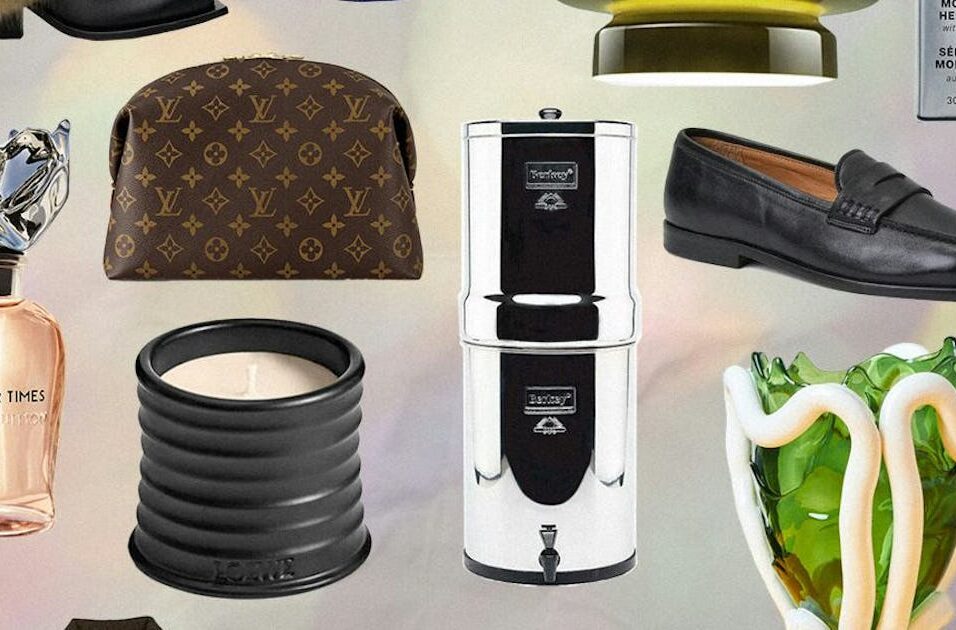

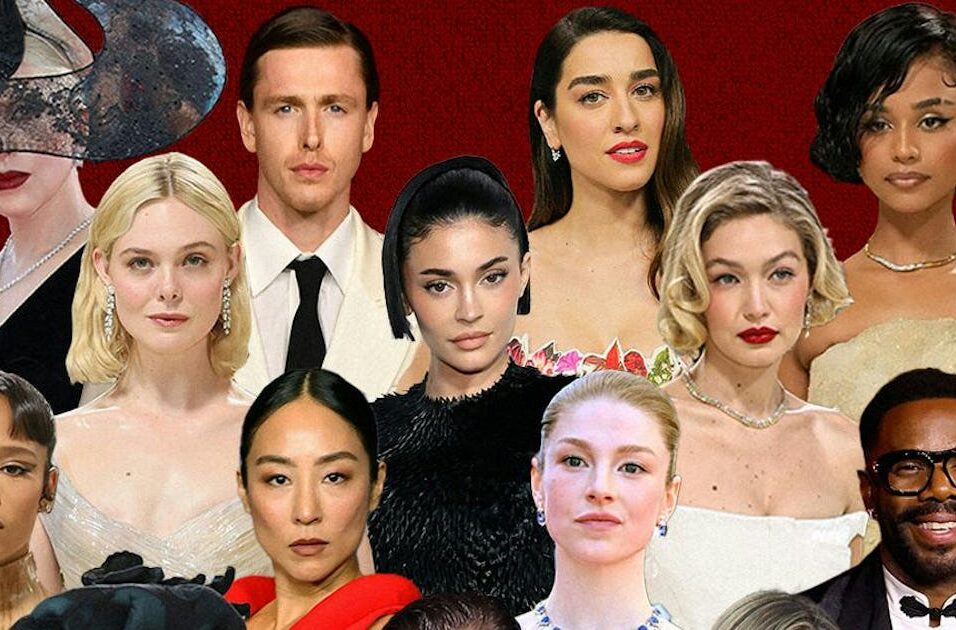
Leave feedback about this